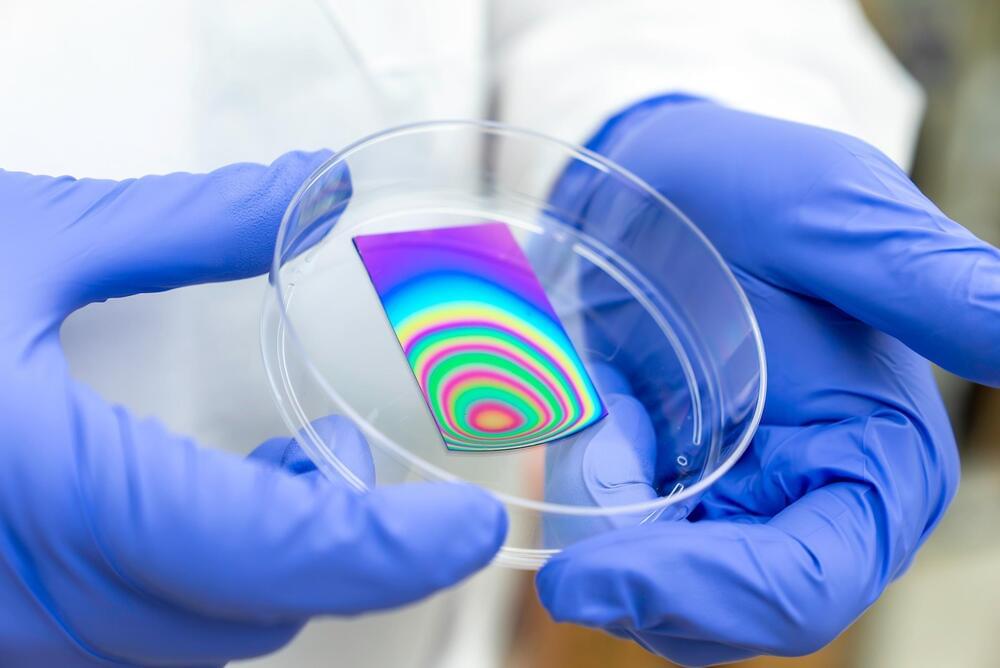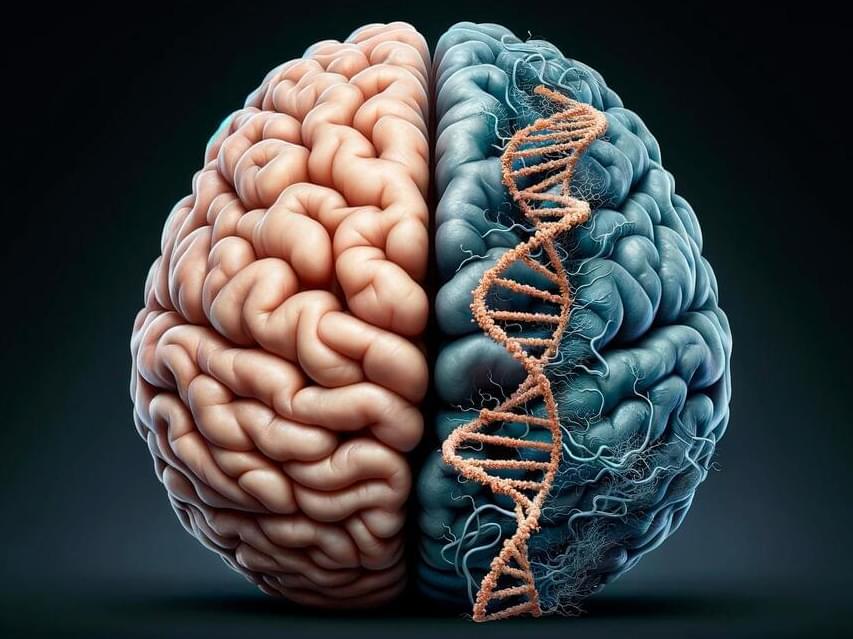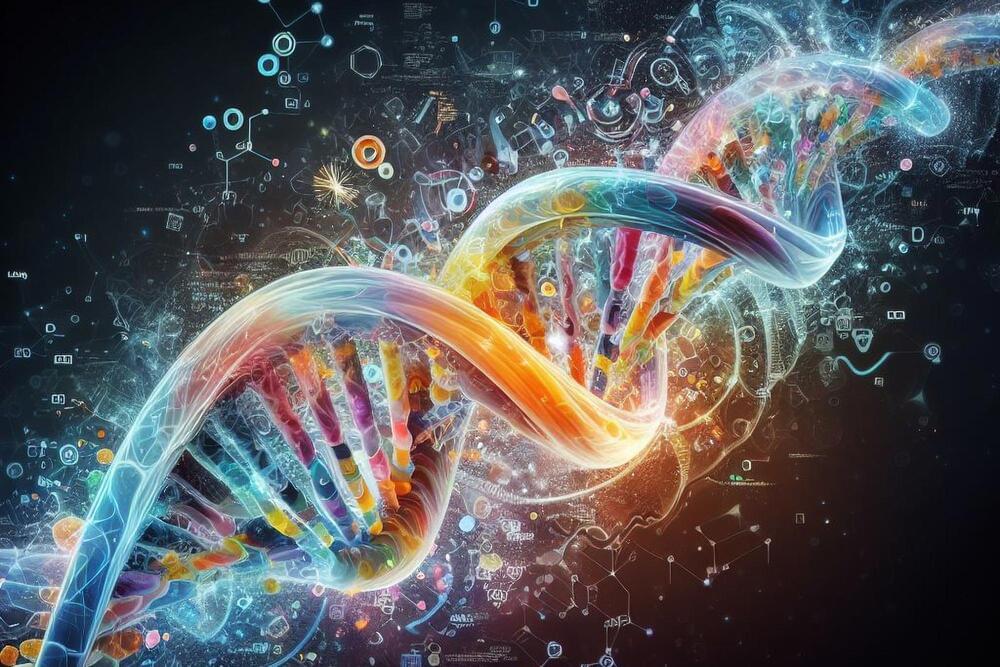New observations at the DIII-D National Fusion Facility offer vital insights into energetic ions in fusion plasmas, key for fusion power development and space plasma understanding, with implications for satellite technology.
In a burning plasma, maintaining confinement of fusion-produced energetic ions is essential to producing energy. These fusion plasmas host a wide array of electromagnetic waves that can push energetic ions out of the plasma. This reduces the heating of the plasma from fusion reaction products and ends the burning plasma state.
Recent measurements at the DIII-D National Fusion Facility provide the first direct observations of energetic ions moving through space and energy in a tokamak. Researchers combined these measurements with advanced computer models of electromagnetic waves and how they interact with energetic ions. The results provide an improved understanding of the interplay between plasma waves and energetic ions in fusion plasmas.









